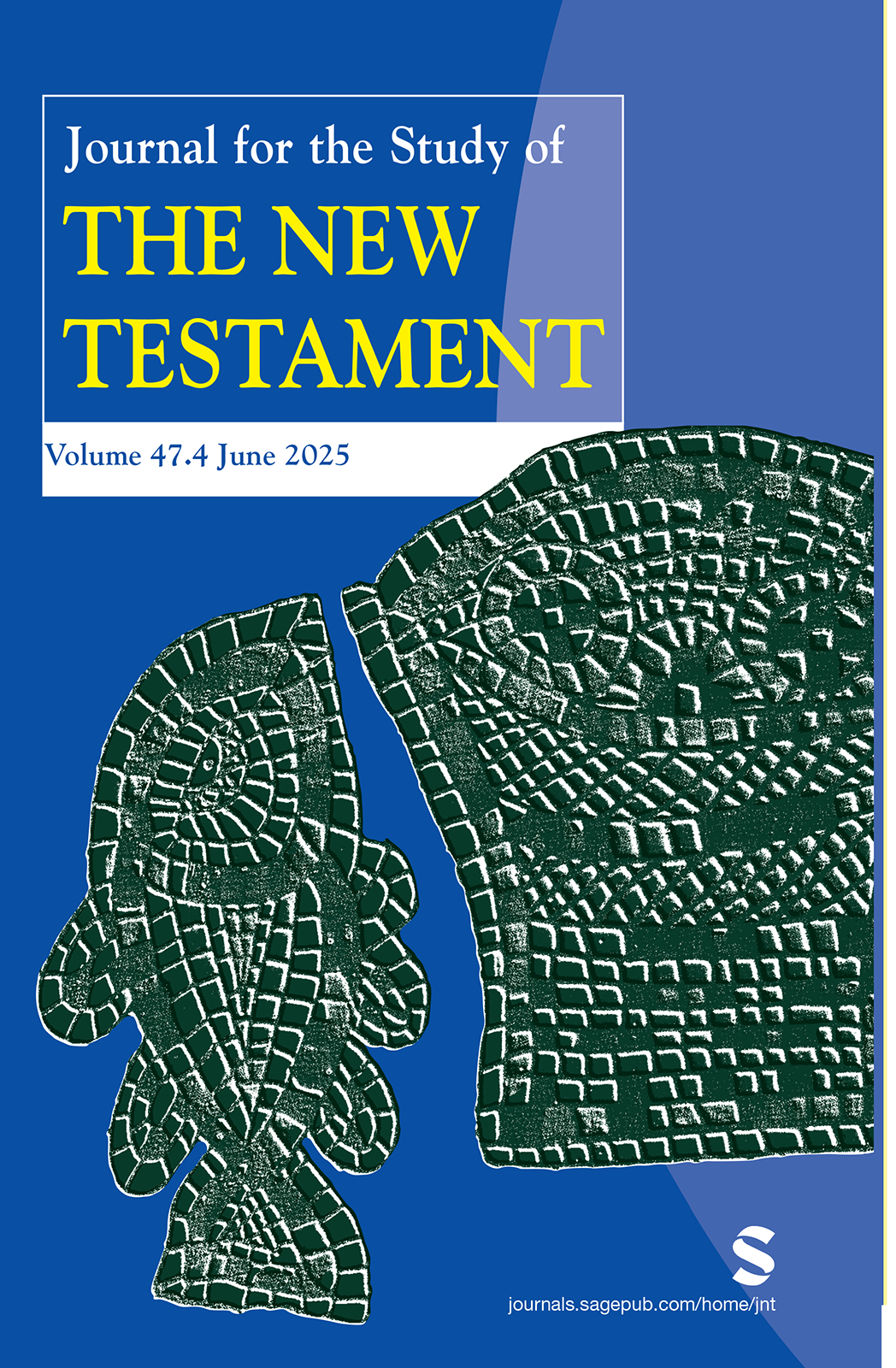https://doi.org/10.1017/S0028688524000298
기도는 종교적 삶의 기본 요소 중 하나이며 대부분의 종교에 널리 퍼져 있다. 그것은 (가장 넓은 의미에서) 초월적 존재와 소통하는 언어적, 비언어적 인간 행위이다. 그것의 의사소통 기능과 비교할 때, 글로 쓰인 기도의 형태는 부차적이다. 본 연구는 '행위로서의 기도', '텍스트로서의 기도', 그리고 기도에 대해 언급하거나 진술하는 것으로 이해되는 '주제로서의 기도'를 구분한다. 동시대의 편지들에서처럼 데살로니가전서에서도 '주제로서의 기도'는 다양한 방식으로 발견된다. 특히 주목할 만한 특징은 (그 수가 많지 않고 대부분 짧지만) 편지의 의사소통 상황 내에서 수신자의 변경을 암시하는 '기도 텍스트'와 '기도 행위'이다. 본 논문은 고대의 편지들과 당시의 서신 관례(epistolary conventions)를 배경으로, 데살로니가전서에 나타난 기도(텍스트, 행위, 주제로서의)의 특징과 특정 기능을 고찰한다. 본 논문은 기독교 메시지가 기도에 대한 언급을 형성하고 다양하게 할 뿐만 아니라, 서신적 의사소통을 초월하는 짧은 기도 텍스트와 기도 행위들을 통합하여, 바울, 실루아노, 디모데와 데살로니가 교인들 사이의 관계는 물론, 하나님을 향한 그리고 하나님 안에서의 그들의 관계까지 심화시킨다고 주장한다.
Prayer is one of the basic elements of religious life and is widespread in most religions. It is the human act, verbal and non-verbal, of communicating with a transcendent being (in the broadest sense). In comparison to its communicative function, the written form of prayer is secondary. This study differentiates between prayer as act, prayer as text and prayer as subject, understood as any reference to or statement made about prayer. In First Thessalonians, as in contemporary letters, prayer as subject can be found in a variety of ways. An especially remarkable feature is the prayer texts and acts of prayer (although these are not numerous and mostly short), which imply a change of addressee within the communicative situation of the letter. Against the background of ancient letters and epistolary conventions of the time, this article examines the characteristics and the specific function of prayer (as text, act and subject) in First Thessalonians. It argues that the Christian message shapes and multiplies the references to prayer, also integrating short texts and acts of prayer which transcend the epistolary communication, deepening not only the relationship between Paul, Silvanus, and Timothy and the Thessalonians but also their relationship to God and in God.





